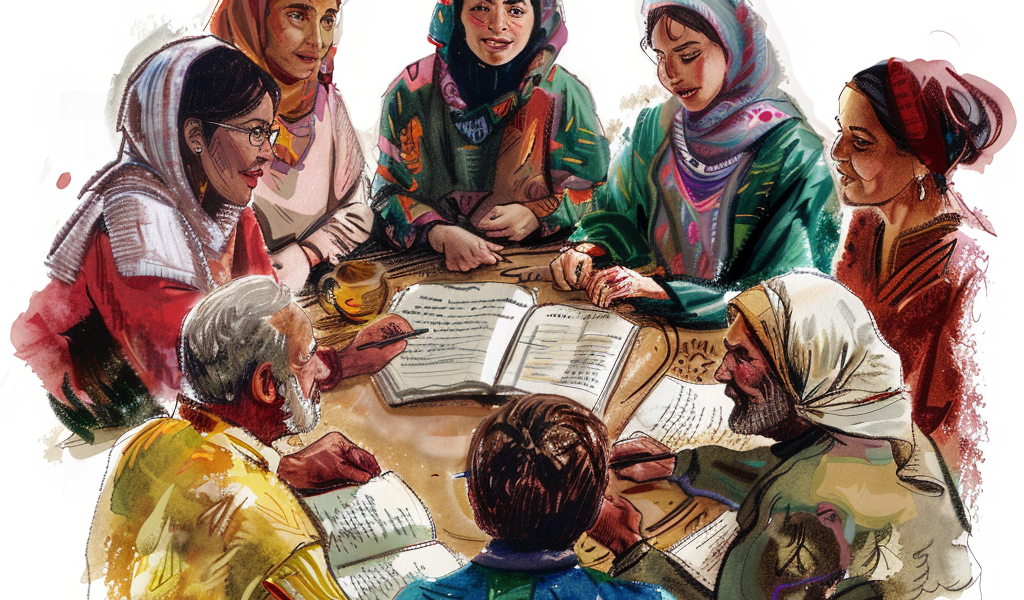Preserving linguistic diversity: International Mother Language Day and AI
International Mother Language Day is commemorated every year on February 21st to honour linguistic diversity and advocate multilingualism to enhance cultural comprehension and safeguard heritage. Software that can process natural language is increasingly ubiquitous; many people use it daily for voice controls, chatbots, dictation, and translation.
The convergence of International Mother Language Day and AI offers an opportunity to use technology to protect, revive, and promote endangered languages in a world that is becoming more linked. This text delves into the relevance of linguistic diversity, the impact of AI on language preservation initiatives, and the role of cultural heritage in influencing inclusive AI technology.
Celebrating Linguistic Diversity
Linguistic diversity is a prominent feature of human civilization, representing the varied cultures, histories, and identities that characterize our worldwide community. However, this diversity is at risk because of globalization, urbanization, and language dominance. International Mother Language Day highlights the significance of safeguarding and encouraging linguistic diversity as a fundamental human right and a wellspring of shared knowledge and innovation.
AI and Language Preservation
AI may be used effectively to document, analyze, and revive endangered languages, aiding in their preservation. NLP algorithms facilitate the development of digital archives, automated translation systems, and language learning programs customized for certain linguistic groups. Machine learning approaches can assist in reconstructing historical languages, preserving oral traditions, and creating culturally sensitive AI interfaces that honour linguistic nuances and cultural settings.
Challenges and Opportunities
The incorporation of AI into language preservation initiatives faces various obstacles despite its potential. Validating AI-generated content for accuracy and authenticity necessitates robust validation systems and community participation processes. Additionally, AI systems must be trained on datasets that reflect linguistic variety to prevent bias and lack of representation of minority languages.





